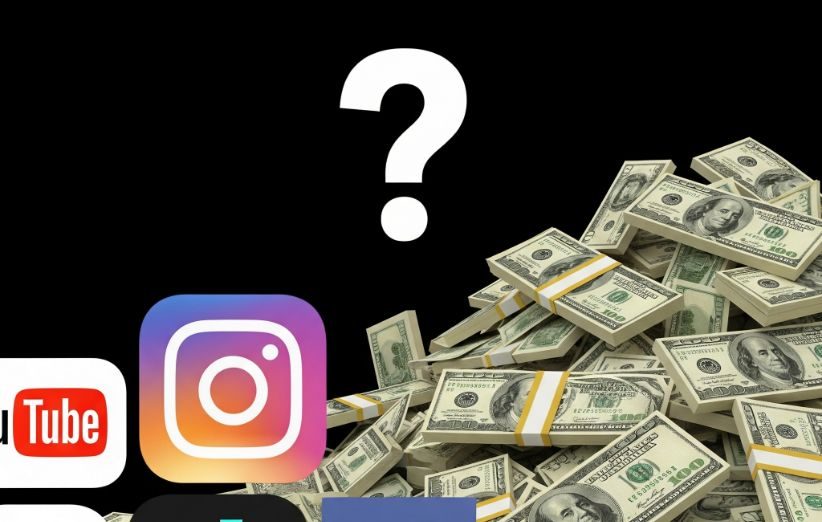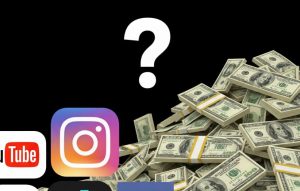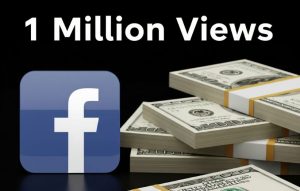In the booming creator economy, one question stands above all others for aspiring influencers and content creators: Which social media pays the most? It’s a simple question with a surprisingly complex answer. While it’s tempting to look for a single platform that guarantees the biggest paycheck, the truth is that the highest-paying platform depends entirely on your content style, your audience, and your monetization strategy.
Let’s get straight to the point. If you’re talking about direct ad revenue paid out by the platform, YouTube is the undisputed king. However, if you’re talking about overall earning potential from brand deals and sponsorships, platforms like Instagram and TikTok often allow creators to earn far more, far sooner. This guide will break down the real earning potential of each major platform to help you decide which one is the right financial fit for you.
Which social media pays the most?
There is no single winner for every creator. The question “Which social media pays the most?” has a different answer based on the income stream:
- For Direct Ad Revenue: YouTube pays creators the most reliable and highest income directly from the platform for views on their videos.
- For Brand Deals & Sponsorships: Instagram and TikTok are the powerhouses. Their visual nature and massive reach allow creators to secure lucrative brand partnerships, often with a smaller audience than is required on YouTube.
- For Diverse Monetization Tools: Facebook offers the widest range of built-in tools, including fan subscriptions, stars (tipping), and in-stream ads, giving creators multiple ways to earn from a loyal community.
A Deep Dive into Each Platform’s Earning Potential
To truly understand the financial landscape, we need to analyze each platform’s unique ecosystem. The way you earn money on each is fundamentally different.
1. YouTube: The Ad Revenue King
YouTube’s model is the most traditional. You create videos, YouTube runs ads on them, and you get a 55% cut of that ad revenue once you’re in the Partner Program.
- Pros: Highest direct ad payouts (RPM), multiple income streams (memberships, Super Chat), and long-term passive income potential from old videos.
- Cons: Slowest platform to build an audience and meet monetization requirements (1,000 subscribers, 4,000 watch hours).
- Earning Potential: An average creator can earn $2 – $10 per 1,000 views. A video with 1 million views could earn between $2,000 and $10,000 from ads alone.
2. Instagram: The Brand Deal Powerhouse
Instagram does not have a direct ad revenue sharing program for feed posts. Instead, creators make money almost exclusively through the creator economy, a topic explored in-depth by publications like Forbes.
- Pros: Extremely high potential for brand deals and sponsorships, even with a mid-sized audience. Integrated shopping and affiliate tools make selling products seamless.
- Cons: Very little direct income from the platform itself. Your income is dependent on your ability to secure partnerships.
- Earning Potential: A micro-influencer (10k-50k followers) can charge $100 – $500 per post. A macro-influencer (500k-1M followers) can command $5,000 – $10,000+ per post.
3. TikTok: The Viral Springboard for Sponsorships
TikTok is the king of viral reach. While it has a monetization program (the Creator Program), the payouts are notoriously low. The real money on TikTok comes from the massive exposure it provides.
- Pros: Fastest platform for audience growth. A single viral video can land you major brand deals.
- Cons: Direct payouts from the Creator Program are very low (often just a few cents per 1,000 views). The content has a short lifespan.
- Earning Potential: Ad revenue is minimal, but a creator with 1 million followers can secure brand deals worth $1,000 – $5,000+ per video.
4. Facebook: The Community Monetization Platform
Facebook offers the most diverse set of built-in monetization tools for creators who have built a loyal community on their Page.
- Pros: Multiple ways to earn (In-Stream Ads, Fan Subscriptions, Stars). Massive user base.
- Cons: Very high eligibility requirements (10,000 followers and 600,000 minutes viewed). Organic reach for Pages can be low.
- Earning Potential: In-Stream Ad revenue is generally lower than YouTube’s, often ranging from $1 – $4 per 1,000 views. However, income from fan subscriptions can provide a stable, recurring revenue stream.
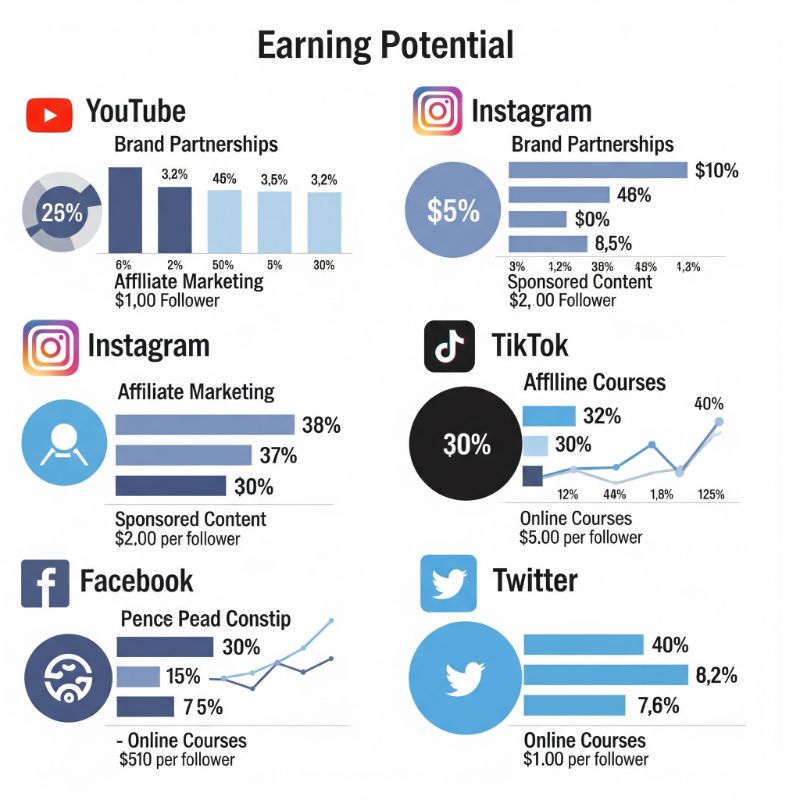
Which Platform is Best for Beginners to Start Earning?
This is a crucial question for anyone starting out. The answer depends on your goal: speed of growth vs. stability of income.
- For the Fastest Audience Growth: TikTok. No other platform gives you a better chance of going viral with zero followers. You can build an audience in a few months that might take years on YouTube. While the direct pay is low, this audience is your ticket to securing your first brand deals.
- For the Most Straightforward Path to Income: YouTube. While it’s a slower grind, the path is clear: meet the YPP requirements and start earning from every view. After 12-18 months of consistent effort, a creator can start generating a reliable monthly income from AdSense.
Example Scenario: A new creator could spend 6 months growing to 100,000 followers on TikTok through viral videos and land a $500 brand deal. That same creator might spend a year getting to 1,000 subscribers and 4,000 watch hours on YouTube to start earning $50-$100 per month from ads. The strategies are different, as are the timelines. For more on creator strategies, expert resources like Social Media Examiner offer excellent guides.
SMM Panel: A Growth Engine for Top Social Media Platforms
An SMM Panel is a powerful tool designed to accelerate growth across all major social media networks. It acts as a centralized dashboard where you can purchase a wide variety of social media services to boost your presence, enhance credibility, and increase engagement. Below, we break down how a dedicated SMM panel can specifically benefit the world’s biggest platforms.
YouTube SMM Panel
For any creator on YouTube, metrics like subscribers, views, and watch time are the keys to success. A YouTube SMM Panel is designed to strengthen these exact signals. By providing an initial boost in views or subscribers, it can help a new video gain traction with the YouTube algorithm, increasing its chances of being recommended to a wider audience and kickstarting organic growth.
Instagram SMM Panel
Instagram is all about social proof and visual appeal. A high follower count and strong engagement on posts are crucial for appearing credible to both users and brands. An Instagram SMM Panel is mostly used to purchase high-quality followers, likes, and video views to make a profile look more authoritative, attract organic followers, and secure brand sponsorships more easily.
TikTok SMM Panel
The main goal on TikTok is to get your video on the “For You” page, and the algorithm favors content that gets a burst of engagement shortly after being posted. A TikTok SMM Panel is used to create this initial burst. By quickly delivering likes, shares, and views, it signals to the algorithm that the content is engaging, significantly increasing its chances of going viral.
Facebook SMM Panel
Whether you’re managing a business Page or a community Group, building a presence on Facebook requires a strong foundation. A Facebook SMM Panel is used to increase Page likes, post reactions (likes, shares, comments), and Group members. This makes the Page or Group appear more active and established, which helps build trust and encourages new, organic members to join.
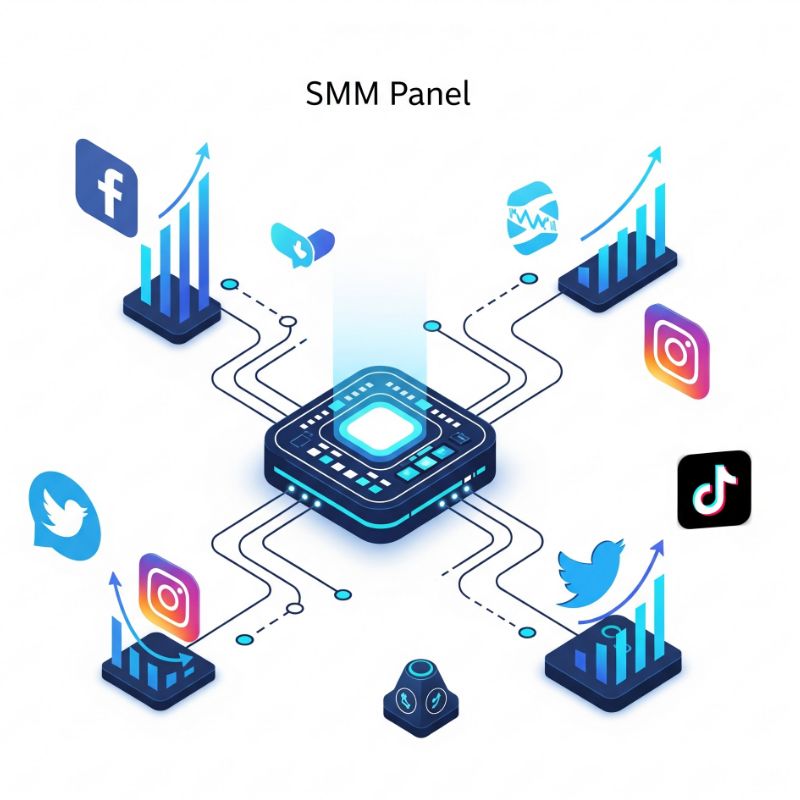
The Ultimate Comparison: Which Platform is Right for You?
Still not sure? This table summarizes the key differences to help you decide which social media pays the most *for you*.
| Platform | Primary Monetization | Earning Potential | Best For… |
|---|---|---|---|
| YouTube | Ad Revenue Share | High (Direct), Very High (Overall) | Long-form content, building a stable, long-term income. |
| Brand Deals / Sponsorships | Very High (Indirect) | Visual content, lifestyle, fashion, and building a brand image. | |
| TikTok | Brand Deals / Sponsorships | High (Indirect), Low (Direct) | Short-form video, trends, and reaching a young audience quickly. |
| In-Stream Ads / Fan Subscriptions | Moderate (Direct) | Building a loyal community and using diverse monetization tools. |
For more data on influencer marketing rates, the Influencer Marketing Hub Benchmark Report is a leading industry resource.
Frequently Asked Questions (FAQ)
1. Can I make money on X (formerly Twitter) or Pinterest?
Yes, but almost exclusively through indirect methods. Both platforms have creator programs, but the main way to earn is through affiliate marketing, driving traffic to your own blog or products, and securing brand sponsorships.
2. Do I need a huge number of followers to start making money?
Not anymore. The rise of “nano-influencers” (1k-10k followers) shows that brands are willing to pay for a small but highly engaged audience. You can start securing small brand deals with just a few thousand loyal followers, especially on Instagram and TikTok.
3. Which platform is the easiest to get monetized on?
TikTok is generally the “easiest” to get monetized on in terms of its low Creator Program requirements, but the payouts are very small. YouTube is the most straightforward for earning a reliable income once you meet its higher requirements.

